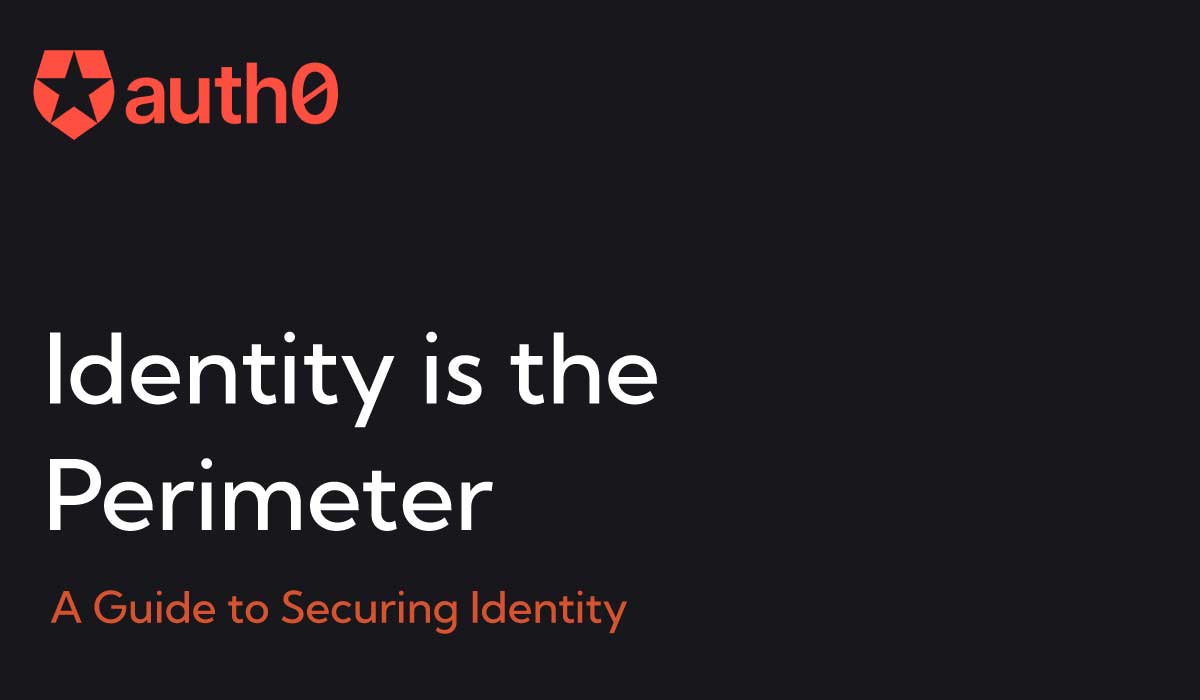The idea of identity as the new perimeter for cybersecurity has been part of the conversation for a
couple of years. The truth is that identity has always been a perimeter.
Historically, cybersecurity experts did not apply multiple security controls like firewalls or encryption to
the identity perimeter because we could protect it by adding additional layers of security to our outer
defenses. We didn’t need to protect identity at its source because we could safely rely on our outer
defenses, like a castle reliant on its moat.
Now, however, we can no longer depend on those outer defenses. Because identity is disseminated
across so many platforms, devices, and applications, the identity perimeter is exposed, and we need new
and better ways to protect it. Traditional perimeter protections are simply inadequate to defend identity
against today’s increasingly sophisticated and effective attacks.
Ongoing digital transformation has created a convergence of users, devices, and applications that
demands an identity-based security approach. To meet the security challenges of this new ecosystem,
companies are developing new ways to authenticate identity and authorize users accordingly. In this
sense, identity is the gatekeeper, determining who gets what kind of access based on what data.
In this guide, you’ll learn more about the relationship between identity and perimeter security, the
methods used to attack identity, and new tactics and strategies for securing identity.





